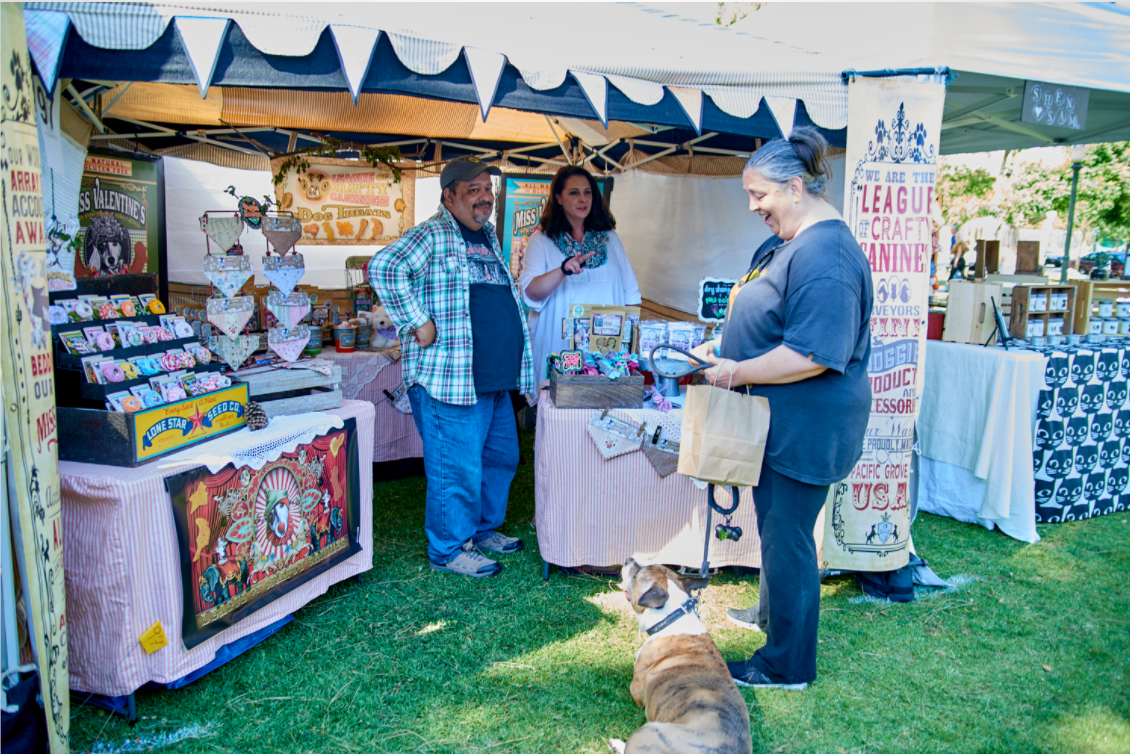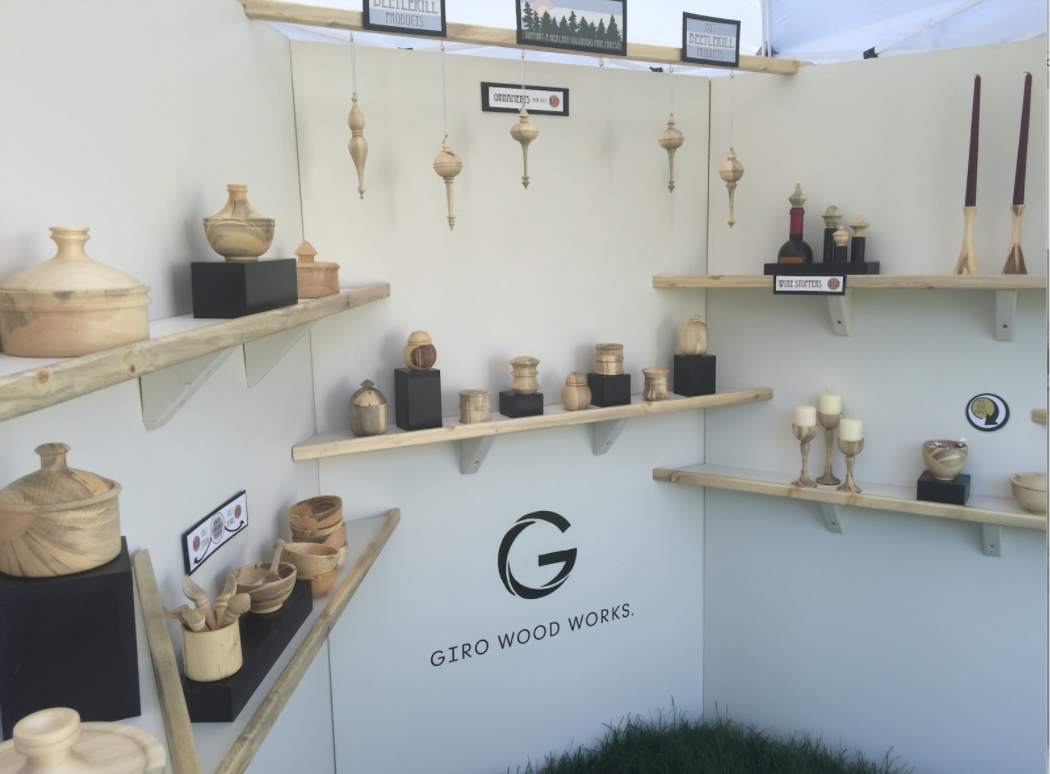How to Prepare for the Fair!
- Jessica Savoy

- Nov 6, 2014
- 3 min read
Updated: Oct 24
There is so much that goes into preparing for a fair. Luckily for you, we have complied some tips and tricks here.
Of course one of the main goals of a fair is to get shoppers to come into your booth space. Your booth is their first impression often swaying their decision to stop in and shop. In the maze of craft fairs and artists, you want to stand out.
Fuel your creativity with these tips on creating both a shoppable booth and successful fair experience.

1. Branding: Who are you? Not only should your company name be apparent, but your booth should align with your brand aesthetic. As competition increases in the maker community, a well thought out booth display theme can give you an edge. You always want the effect of the presentation to further your goal—selling your product and establishing a following. Everything you put into your booth should be intentional and consistent.
Keep in mind your product packaging, this goes hand in hand with branding. All should have a cohesive look, including your business cards. Bonus: Think about how your shoppers will take their items home. Do you have a branded bag or tissue paper? Do you supply bubble wrap for breakables?
2. Give it a personal touch! Think of your booth as a blank canvas and let your creativity loose! Imagine that your space is an actual brick and mortar shop and decorate it with the same care. Create a nice, cohesive shop using furniture, displays, accessories, props, backdrops, decorations and more. A ground covering or rug can also do a lot to transform a space.
Do your items require shoppers to try them on? Include a mirror in your display!

3. Product Info & Interaction: Everything in your booth should be tagged, labeled and identified. Information is important to help make the shopper feel comfortable, they may be too shy to ask. Also, show your work in action! Think about props and put your product on display, testers are also a great option.

4. Avoid Clutter: Abundance versus clutter provides the shopper with a confidence. Clutter does not develop a sense of quality or tastefulness. It can also cause the shopper to feel overwhelmed and simply walk right on by.

5. Maximize space: Utilize the vertical space of your setup. Create multi level displays through the use of shelving, grid panels, plywood, or simply use the tent frame to help display. How you setup your space should be carefully curated.
6. Think outside the 10x10 box. While your booth space is typically a square 10’x10′ spot, you don’t necessarily have to make a perfect square footprint. You can create an environment where you have your own free-standing structure, or non-traditional piece of equipment as to really wow the crowds.

7. Practice Makes Perfect: It is always important to take photos of your booth and practice putting it together and taking it apart. You do not want to leave the final outcome for the day of the show. You want to understand what you need and how long it will take to pack your materials, transport the materials, set up and break down the booth. Keep this in mind as you pack your vehicle for show day, do not put the items you need first all the way in the back or bottom!
8. Half Booth Ideas: Some artists share a 10x10 tent space. Even though you have a smaller space, you can still easily achieve all of these suggestions. Most common half booth setups include one artist on either side extending 10' back, a display in the shape of an "L," or a shared "U" setup.
Others work together to create one intermixed display where the products are shown side by side. For instance; a jewelry artist displays their pieces conjunction with their boothmates pottery.
Come Weather Prepared: Most fairs go on wind, rain or shine so have a plan for any condition and always use a tent. Tents should be heavily weighted and bring additional tarps to seal your tent and product from potential rain. Packing for the heat? Pack sunscreen, water, and maybe even a few battery powered fans to keep your tent comfortable!
Pack a smile: Even if you have a kick*** display, if you are frowning or on your phone, shoppers will not want to approach you. Remember to keep a positive attitude while staying alert but not obsessive.

Vendor Checklist- Pack your basics:
Scissors
Pens
Tape (Scotch, Masking, Duct Tape)
String/Twine
Safety Pins/Tacks
Paper Clips
Super Glue
Zip-ties
Tools (Screwdriver, Wire Cutters, Pliers)
Trash Bags
First Aid Kit (we will have one at our info booth too)
Water/Snacks (we will have food options too!)
Taking payment: credit card swiper, cashbox, change




































Comments